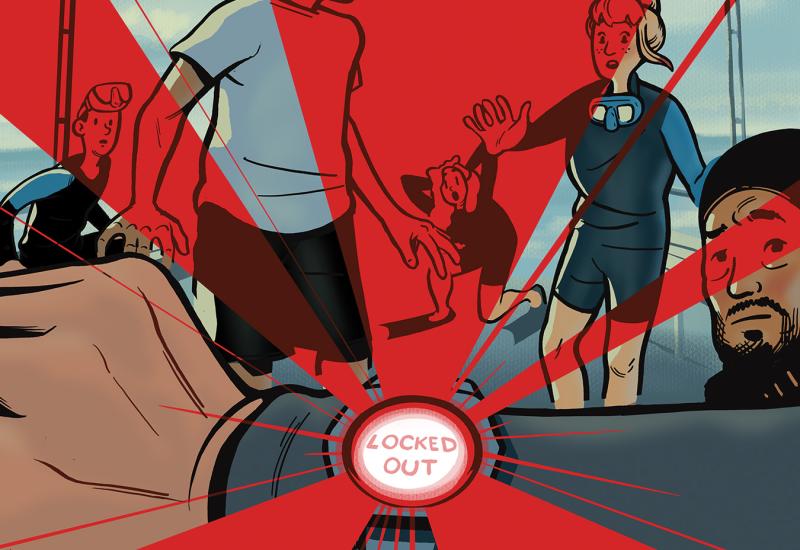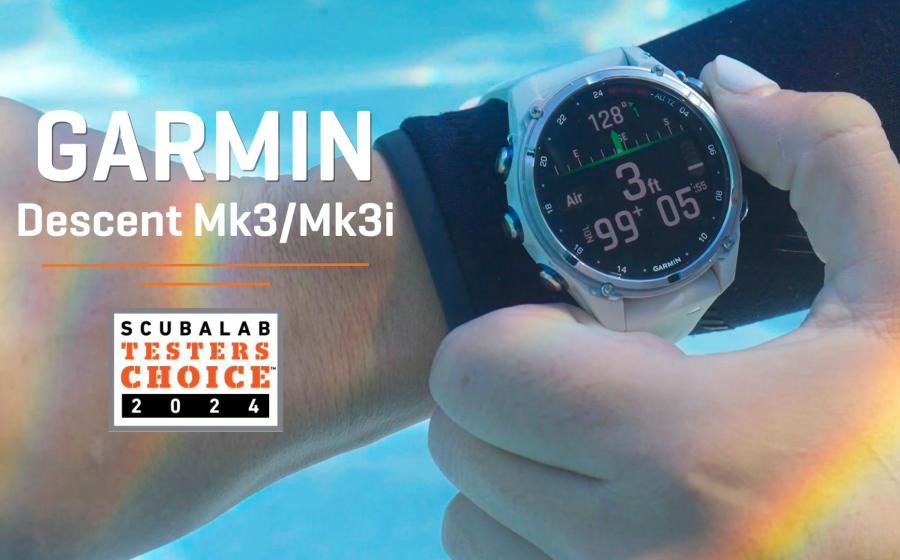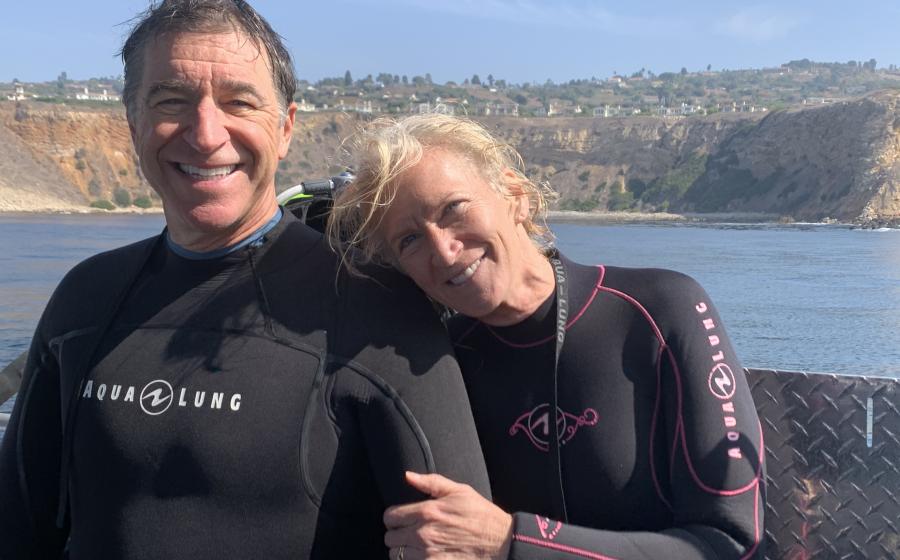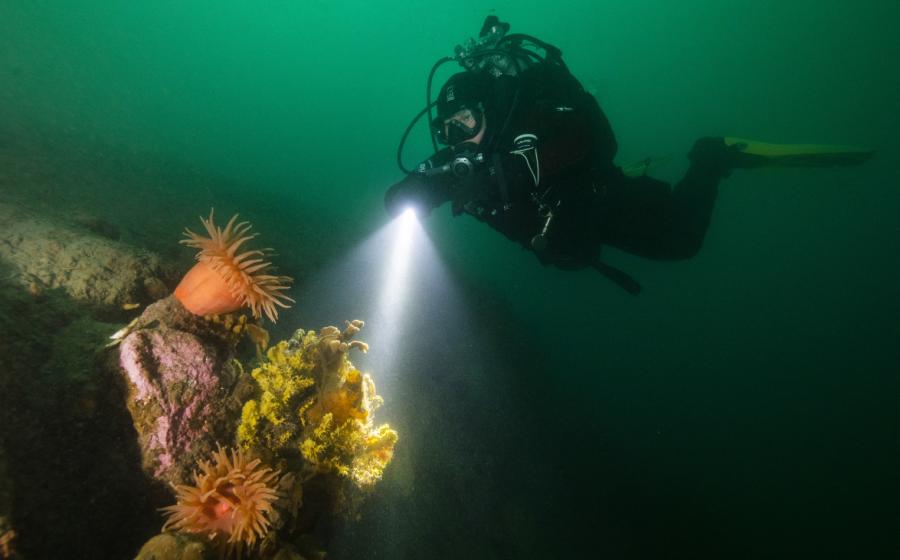Five Tips for Making a Negative Entry

ShutterstockMaking a negative entry is necessary for some dives. Equalizing early and often can help smooth your negative entry.
Whether it’s a live-boat drift dive or just bad surface conditions, some dives require that you get in the water and get down fast — really fast. In these situations, a negative entry is not only the best way to avoid time on the surface, but it also can look pretty cool. Doing a negative entry requires confidence and comfort in the water, since you’re immediately going under rather than taking time at the surface to double-check everything as you usually would.
1. Dial in your lead.
You can’t hang out behind the boat doing a weight check and asking for more lead, so you should know your ideal weight before attempting a negative entry. When in doubt, add a couple of extra pounds to help you get down.
2. Get ready to jump.
Both the standard giant stride and back roll work fine for negative entries. But because you’re going straight down, empty all the air from your BC ahead of time rather than adding any. And hold your mask and regulator in place so they don’t get knocked askew when you jump.
3. Hit the water like a pro.
As you enter the water, blow all the air from your lungs with one long exhale to remove any extra buoyancy. At the same time, keep your body straight with your arms in so the momentum from your jump can carry you underwater. Once you’re a few feet down, start breathing normally and either descend in a head-up position or flip head down so you can kick down.
4. Equalize early and often.
Pay attention to the pressure in your ears, and control your descent so you have time to equalize. Many negative-entry dives are done without a reference line, so you should be comfortable descending and equalizing in midwater using your depth gauge as a reference.
5. Don’t forget your buddy.
Instead of gathering with your dive buddy or group at the surface and descending together, you should drop to 15 or 20 feet, get neutrally buoyant, and wait for your group there. Do a quick check to confirm that everybody is OK before continuing your descent together.
More Scuba Tips:
Spotting Hidden Marine Life During Your Dive
Avoiding Nitrogen Narcosis
Mastering Buoyancy Control










